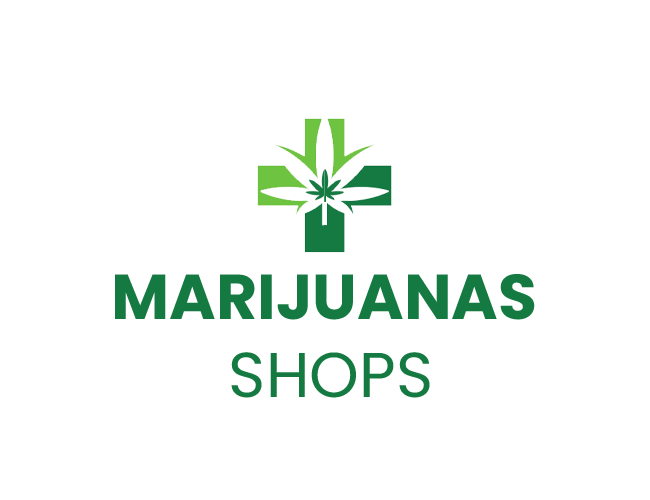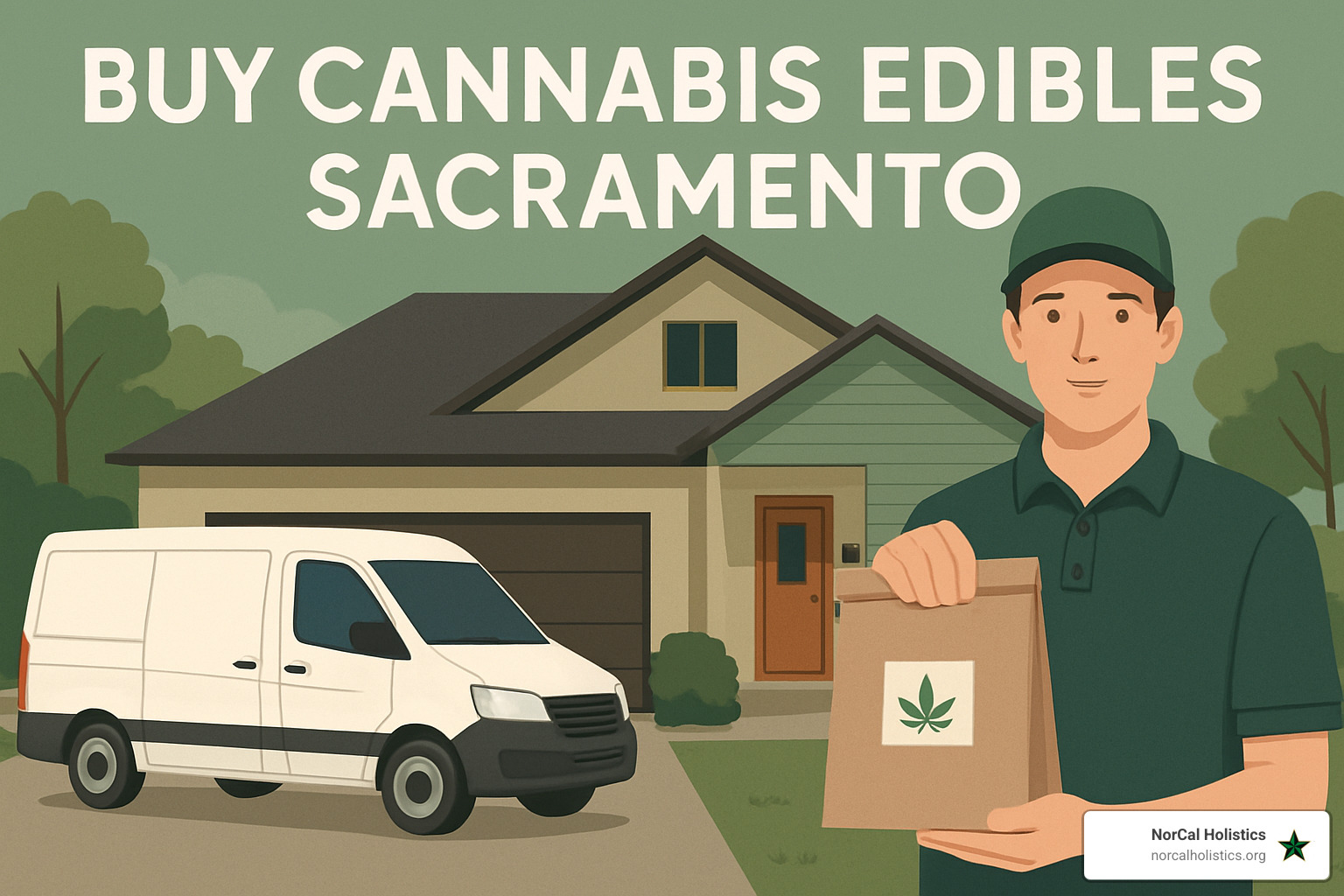Table of Contents
- What Are Cannabis Edibles?
- Benefits of Cannabis Edibles
- Risks and Considerations
- Safe Consumption Practices
- Legal Landscape
- Conclusion
Cannabis edibles are rapidly gaining traction among both medicinal and recreational cannabis users, reflecting a dynamic shift in how people choose to experience the benefits of cannabis. As alternatives to traditional consumption methods like smoking or vaping, edibles offer an array of advantages that contribute to their surging popularity. Edible cannabis products are especially attractive for those seeking discretion and extended relief from symptoms, with a delivery method that avoids the need for combustion entirely. Edibles can be found in diverse forms, from candies to baked goods, catering to a broad spectrum of preferences and dietary needs. With user demand on the rise, reliable access to quality products is critical. Those interested in trustworthy options can explore Sacramento cannabis edibles delivery for a curated and professional experience that emphasizes both safety and satisfaction. As the landscape of cannabis use moves further away from stigmatization, the market for edibles continues to evolve, offering new opportunities for individuals to incorporate cannabis into their wellness routines with greater confidence and control.
What Are Cannabis Edibles?
Cannabis edibles refer to any food or beverage product that has been infused with cannabis extracts containing cannabinoids such as THC (tetrahydrocannabinol) or CBD (cannabidiol). These products come in an impressive variety—popular options include gummies, chocolate bars, cookies, brownies, hard candies, and beverages like teas, sodas, and even coffee. Edibles stand apart because, unlike smoking or vaping, which quickly send cannabinoids into the bloodstream via the lungs, edibles undergo digestion in the stomach and processing in the liver. This unique metabolic pathway causes a delay in the onset of effects—typically between 30 minutes and two hours after consumption—but generally results in a deeper, more sustained experience. Metabolism in the liver also creates a more psychoactive byproduct, particularly for THC-rich edibles, which can intensify the effects for some users. The slower breakdown leads to longer-lasting and sometimes stronger sensations than those experienced with inhaled cannabis. This extended and transformed experience makes edibles an ideal option for those seeking long-term symptom relief or those who wish to avoid the act of inhaling smoke or vapor. Understanding how your body processes these products is a fundamental step toward making smart choices and having a positive edible experience.
Benefits of Cannabis Edibles
Discreet Consumption: Edibles are highly valued for their ability to offer a covert means of cannabis enjoyment. Unlike smoking, which produces a distinctive aroma and requires both equipment and preparation, edibles look and feel just like everyday treats or snacks. This makes them easy to transport and consume privately, whether you are at home or out with friends. The lack of lingering odors ensures that users can medicate or relax without drawing unwanted attention, making edibles a particularly appealing choice for those in shared living spaces or public environments. Discreetness is especially important for individuals who value privacy or wish to keep their cannabis use concealed from others, such as family members or roommates.
Long-Lasting Effects: One of the most sought-after advantages of edibles is their extended duration of action. Whereas the effects of smoking or vaping typically last one to three hours, edibles offer sustained relief—often persisting for four to eight hours or more. This long window of efficacy is especially advantageous for medical users managing chronic conditions like pain, inflammation, insomnia, or anxiety, who may not want to re-dose frequently throughout the day. Having longer-lasting effects can mean extended periods of relief, reduced frequency of consumption, and greater overall stability for those who rely on cannabis for therapeutic reasons. For recreational users, it means a more consistent and enduring experience suited to social gatherings or restful evenings.
Smoke-Free Option: Edibles wholly eliminate the need to inhale combusted plant material, making them an appealing choice for individuals who prioritize lung health or find smoking unpleasant. Those with preexisting respiratory conditions, such as asthma or chronic bronchitis, may find that edibles allow them to benefit from cannabis without exacerbating their symptoms. By sidestepping the risks associated with inhaled products—such as throat irritation or exposure to tar and other combustion byproducts—edibles offer a health-forward option that caters to a wider demographic. This expands accessibility for older adults, those with compromised immune systems, or anyone with aversions to smoke.
Risks and Considerations
Delayed Onset: The most frequent challenge new users face with edibles stems from the significant delay between ingestion and the onset of effects. As the edible travels through the digestive system, it can take upward of two hours before the user begins to feel any impact. This delay sometimes leads to the mistake of consuming additional doses to hasten the effects, resulting in accidental overconsumption. Such situations can lead to intense and prolonged experiences characterized by anxiety, paranoia, nausea, or excessive sedation, which can be distressing and difficult to manage without guidance. Patience and knowledge are key factors in preventing these unwanted outcomes.
Variable Potency: Another key consideration is the variability in potency found among different edible products. The cannabis industry is still developing standardized testing and labeling protocols, which means discrepancies between labeled and actual cannabinoid content are not uncommon. A recent study illustrated that nearly half of cannabis flower products in Colorado overstated their THC content, highlighting similar issues in the edible market and the importance of accurate labeling. Consumers may inadvertently ingest more THC or CBD than intended, underscoring the need for careful selection and meticulous dosing, especially when trying a new brand or product type. Reading and understanding labels, as well as being aware of individual tolerance, is vital to having a positive outcome.
Accidental Ingestion: Because edibles often look, smell, and taste just like regular snacks, there is a risk that children, pets, or uninformed adults may mistakenly consume them. Accidental ingestion can cause significant health emergencies, ranging from intense intoxication to medical crises requiring emergency care. As highlighted by warnings from health officials, especially around occasions like Halloween, it is critical to store edibles securely and in childproof containers, far out of reach from unintended consumers. Being proactive about storage and education can prevent tragic accidents and ensure a safe environment for everyone.
Safe Consumption Practices
Start Low and Go Slow: The phrase “start low and go slow” is the golden rule of edibles. Begin with a conservative dose, such as 2.5 mg to 5 mg of THC, and refrain from consuming more until at least two hours have passed. This method lets you understand your unique response to cannabinoids, minimizes the risk of negative side effects, and fosters a more controlled and enjoyable experience. Especially for first-timers or those with low tolerance, gradual experimentation helps build confidence and knowledge.
Read Labels Carefully: Responsible edible use begins with reading—and comprehending—product labels. Check for details regarding THC and CBD concentrations, recommended serving sizes, and ingredients. Remember, an entire edible product may contain multiple servings, and it’s important to distinguish between the cannabinoid content per serving and package. This detail helps you avoid accidental overconsumption and means you can plan your dosage more effectively.
Store Safely: To prevent accidental ingestion, always keep edibles in their original packaging and store them somewhere inaccessible to children, pets, and anyone who may not be aware of their contents. Child-resistant and tamper-evident containers, clearly labeled as cannabis products, add a valuable layer of safety. Make it a habit to return edibles to a secure spot immediately after use.
Purchase from Reputable Sources: Sourcing your edibles from licensed dispensaries or providers ensures you purchase products made under strict regulatory oversight, with standardized testing for potency and contaminants. Trusted dispensaries also offer education, dosage recommendations, and product guidance tailored to your needs. This approach minimizes risks tied to impurities or mislabeling and offers peace of mind regarding quality and efficacy.
Legal Landscape
The legal status of cannabis edibles is shaped by a complex patchwork of state, federal, and even international regulations. While some states have embraced full legalization for both medical and recreational use—including retail edible sales—others strictly prohibit or control specific product types. For example, Texas has moved forward with legislative initiatives aimed at banning certain consumable THC products, including many edibles, which threatens to disrupt industry growth and limit options for consumers who rely on these products for relief. It is essential to remain current on the laws in your area before purchasing, possessing, or consuming edibles, as statutes continue to evolve rapidly. Responsible consumers should always comply with local, state, and national regulations to avoid unintended legal issues. Engaging in ongoing education about changes in cannabis law is a wise practice for preserving both legal standing and access to desired products.
Conclusion
Cannabis edibles have firmly established their place as a preferred choice for many cannabis users, largely due to their convenience, discretion, and the uniquely long-lasting relief they provide. Yet, the qualities that make edibles attractive—such as their delayed onset and potent longevity—also require deliberate caution, education, and respect. By adhering to safe practices, choosing licensed and reputable sources, and understanding your sensitivity, you can maximize the advantages of edibles while minimizing potential drawbacks. Always keep abreast of the evolving legal landscape and seek advice from healthcare professionals if you have underlying health conditions or are new to cannabis. Thoughtful, informed, and responsible consumption is the key to unlocking the true benefits of cannabis edibles for both pleasure and wellbeing.

